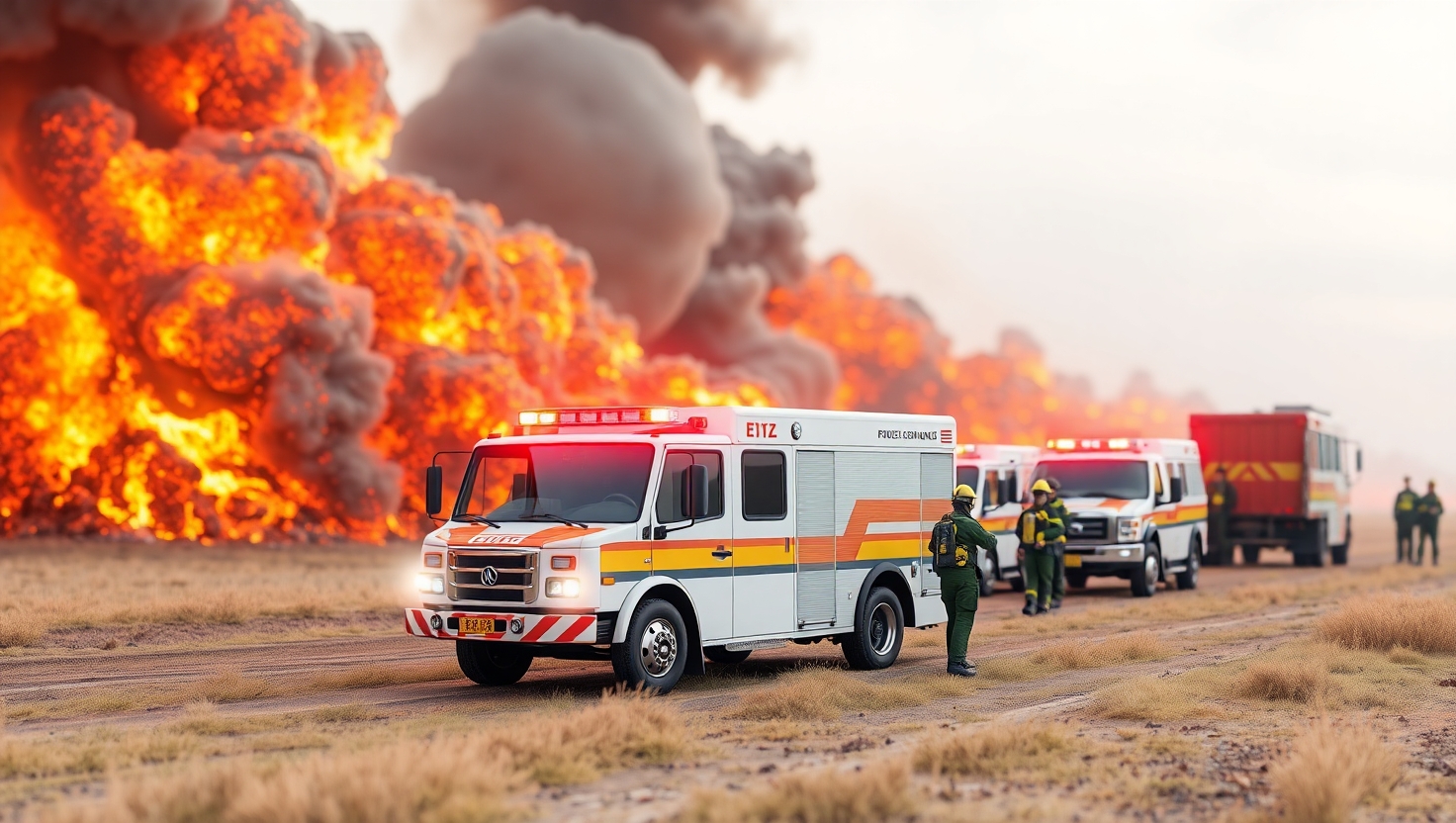There’s something fascinating about how emergency forces work together during the most critical moments. When every minute counts, when fires are raging, people are injured, roads are blocked and confusion fills the air, suddenly out of all that chaos a structured and precise system emerges that works like one single body. It’s not magic and it’s not luck. It’s the result of careful coordination built on one powerful idea: unified command.
Unified command is the answer to how police, firefighters, medical teams, rescue units and sometimes even the military or volunteers can all work together while speaking the same language and following the same operational picture. No unnecessary hierarchies, no competition between agencies, no duplicated efforts and most importantly no time-wasting mistakes. When there’s one central hub making decisions clearly and in real time, each team knows their place, their responsibilities and the mission’s objectives.
What’s beautiful is that this doesn’t just improve the field response. It actually strengthens the public’s sense of safety. When people see that emergency teams are acting in sync, that the forces aren’t stepping on each other but instead blending smoothly, it creates confidence. This becomes especially important during mass casualty events or natural disasters when anxiety is high and everything feels overwhelming. On the ground, it might look like a mobile command center set up near the scene, with one representative from each agency sitting together, sharing updates and making joint decisions. These models have existed for years in different countries and in many places have become the standard for handling complex incidents.
One of the biggest challenges is of course preparation and practice. You can’t expect teams who’ve never worked together to function like a Swiss watch just because something big happened. They need to meet beforehand, train for various scenarios, understand the weak points and learn each other’s operational language and technologies. Only then, when something real happens, can everything click together intuitively. It’s amazing to see how smart communication tools, real-time operational systems and even specialized apps help bring collaboration to levels that once seemed impossible.
There’s a lot of room to grow in this field, so much to learn and honestly a lot of personal satisfaction too. Anyone who’s been part of it knows that when coordination works well in a crisis, it doesn’t just help save lives. It changes the entire atmosphere. Suddenly from chaos, you get order. From danger, you get hope.









